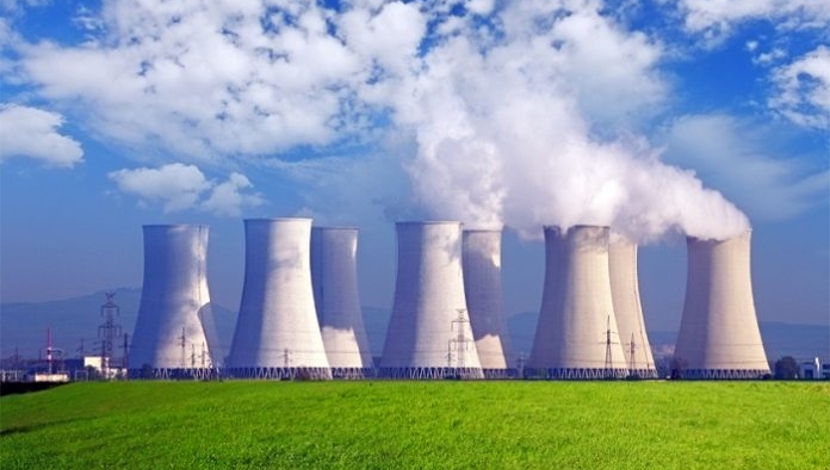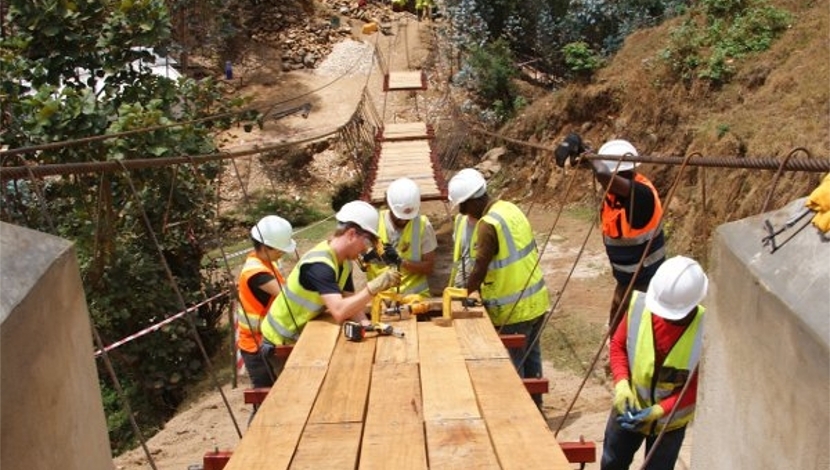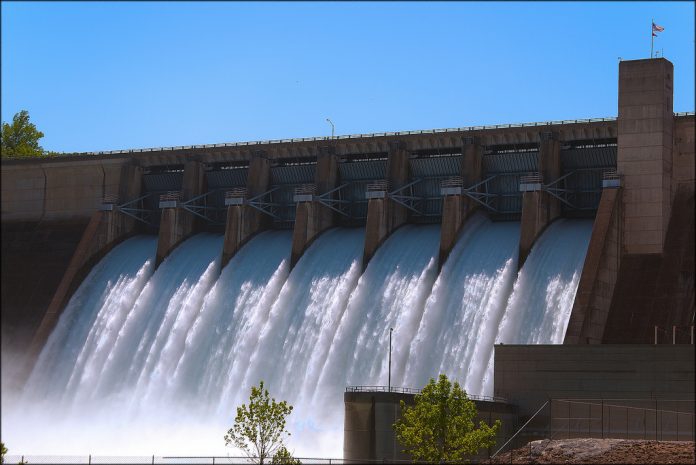

Rwandans are likely to begin benefiting from more powerfrom their national grid following the latest opening of a new peat-fired power plant in Gishoma, western Rwanda, the first of its kind in Africa.
The project, which is said to be valued US $39.2 million, is estimated to begin feeding at least 15 MW of power directly into the national grid.Another key peat-fired plant, costing US $350 million, is already under construction in Gisagara, eastern Rwanda, with the Rwandan government expecting it to generate an additional 80 MW by 2019.
Presently, Rwanda produces 190 MW of electricity, which is accessed by merely 25% of homes in the nation. The Rwanda government is working to link 70% of the populace to the national grid by 2018, increasing generation from 190 MW to 563 MW.
Rwanda makes its power from an assortment of renewable sources: hydropower, thermal, and methane, even as the government assesses generating off-grid power from solar in the near future.Rwanda shares its border with the Democratic Republic of Congo, where scientists lately discovered around 145,500 km2 of peat swamp forest in the central Congo Basin.
The majority of Rwandans are positive about the two peat-fired power generation plants but critics have questioned the sustainability of the projects since it takes thousands of years to build up centimetres of peat.





